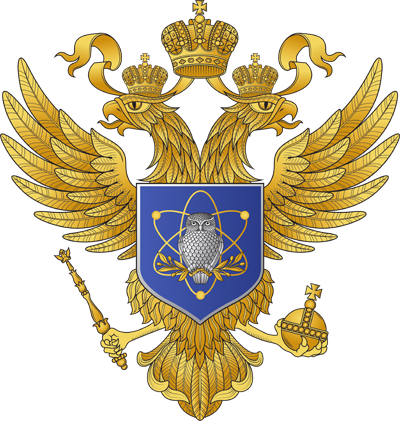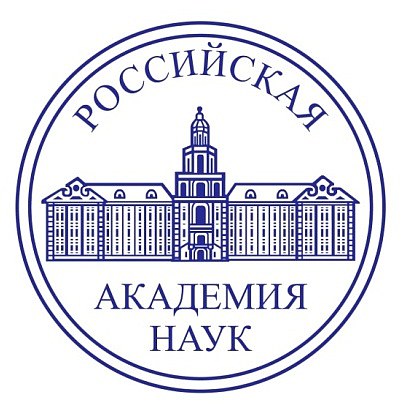ZIOC researchers proposed a new method for the synthesis of polyfunctional 2,3-dihydrofurans
2,3-Dihydrofuran is an important structural moiety present in many natural compounds, active pharmaceutical and agrochemical ingredients such as the anti-inflammatory drug polmacoxib and the herbicides (R)-flurtamone and austocystin D. In addition, 2,3-dihydrofurans serve as key intermediates in organic synthesis as reactive pi-nucleophiles, dipolarophiles and dienophiles. Recently it has also been shown that they can be monomers for the production of degradable thermoplastic elastomers. Despite such a great potential of 2,3-dihydrofurans, today there are no universal methods for obtaining their polyfunctional derivatives.
As part of the ongoing work of scientists from the Laboratory of Organic and Metal-Organic Nitrogen-Oxygen Systems of the ZIOC in the chemistry of six-membered cyclic nitronates, the researchers suggested that the catalytic reductive denitrogenation of these substances could lead to polysubstituted 2,3-dihydrofurans. The proposed hypothesis turned out to be correct. As a result, scientists have developed a reliable method for the synthesis of 4-aryl-substituted 2,3-dihydrofurans by reductive ring narrowing in six-membered cyclic nitronates under the action of Raney nickel, which acts as both a catalyst and a reagent. It should be especially noted that the reaction does not require gaseous hydrogen and high-pressure equipment. The resulting products often do not require further purification. The process is compatible with a wide range of functional groups in the initial substrates, including those sensitive to catalytic hydrogenation conditions. In general, the developed method provides a direct two-stage access to polyfunctional 2,3-dihydrofurans from readily available nitroalkenes and olefins.
Source:
Evgeny V. Pospelov, Alexander V. Zhirov, Baglan Kamidolla,a,c Alexey Yu. Sukhorukov Reductive Denitrogenation of Six-membered Cyclic Nitronates to Densely Substituted Dihydrofurans with Raney® Nickel/AcOH System // Adv. Synth. Catal., 2023, 365, 2850-2857. DOI: 10.1002/adsc.202300573.


